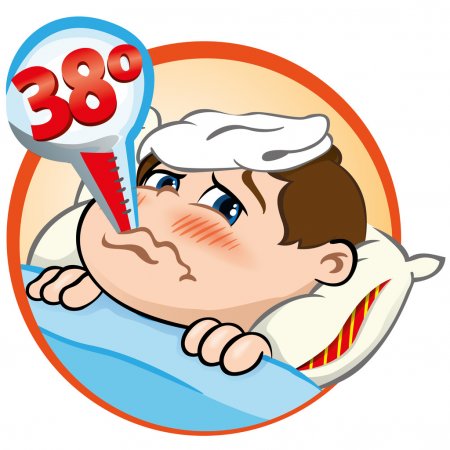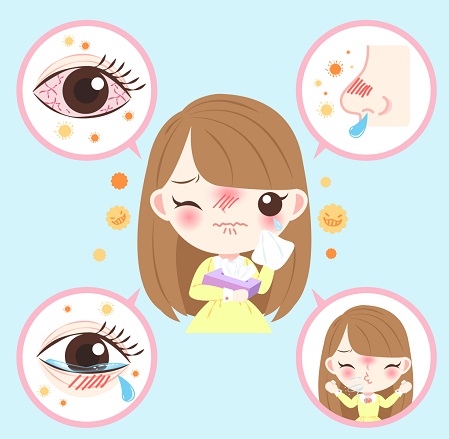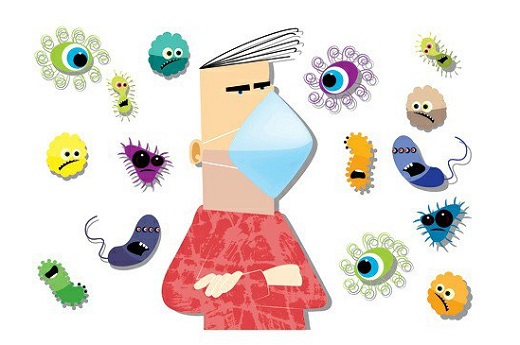By learning the differences between allergies and colds, you can find the right method of relief — fast. If you have congestion and a runny nose, or you’re sneezing and coughing, your first thought may be that you have a cold. Yet, these are also signs of allergies.
What is a cold?
Many different types of viruses are responsible for colds. While the symptoms and severity may vary, colds generally share some of the same basic characteristics.

The key features of the common cold:
Colds are transmitted through virus droplets that a sick person sheds when they cough or sneeze.
In addition to coughing and sneezing, cold symptoms can include a sore throat and a runny, stuffy nose.
More severe colds can also cause headaches, fevers, and body aches.
The average duration of a cold is 7 to 10 days.If symptoms last more than a week or two, the virus may have contributed to a more serious infection, such as a sinus infection, pneumonia, or bronchitis.
What triggers allergy?
Allergies occur when your immune system has an adverse reaction to certain substances. When you’re exposed to an allergy trigger, known as an allergen, your immune system releases chemicals called histamines.
Allergies and colds share some common symptoms, such as:

sneezing
coughing
sore throat
runny nose
nasal congestion
watery eyes
Allergies can also cause rashes and itchy eyes. The common cold typically does not.
Every year, over 3 500 000 million people experience allergies. Seasonal allergens such as tree, grass, and weed pollen are common triggers, but you might be allergic to certain substances year-round.
Other allergy triggers can include:
———————————————————————————————————————————
dust mites
animal dander or saliva, such as from a cat or dog
mold
foods, such as peanuts, tree nuts, milk, and eggs
——————————————————————————————————————————–
Colds vs. allergies: How to tell the difference
Since colds and allergies have many of the same symptoms, it may be hard to tell the two conditions apart. One way to tell what’s making you feel unwell is to pay attention to the symptoms that they don’t share.
Colds are more likely to cause:
fatigue
aches and pains
sore throat
fever
Allergies are more likely to cause:
itchy eyes
wheezing
skin rashes, such as eczema or hives
Time of year
The time of year can provide clues to the cause of your symptoms. You’re more likely to catch a cold during the fall and winter months, although it’s possible to come down with one in the spring and summer, too.
Allergies can also strike at any time of year, but pollen allergies are most common during the spring months.
Duration of symptoms
Another way to tell whether you have allergies or a cold is by the duration of your symptoms. Colds get better within a week or so. Allergies won’t go away unless you get treated or remove the trigger. Seasonal allergens tend to cause symptoms two or three weeks at a time.
Take care of yourself and your family.








